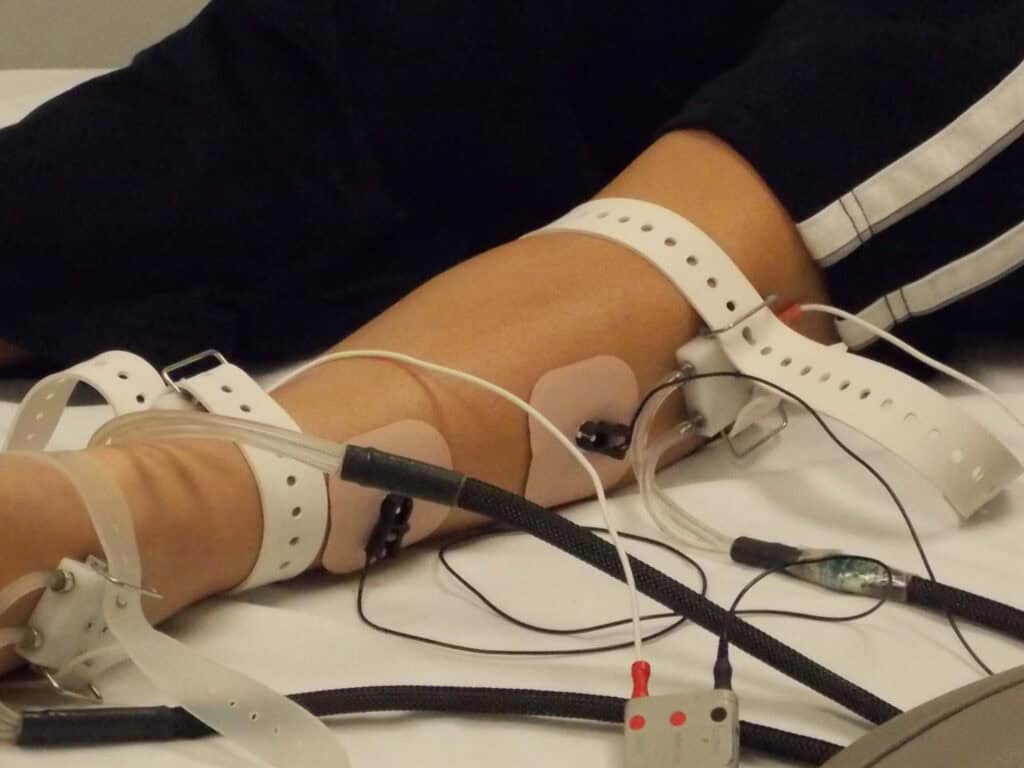Have you ever wondered how your body knows when to sweat and why it’s essential for your well-being? This process, known as sudomotor function, is crucial for maintaining overall health. It involves the interaction between your nervous system, skin glands, and the environment, ensuring your body stays cool, hydrated, and functioning optimally. Let’s explore the intricacies of sudomotor function and why understanding it is vital for good health.
Discover More About Your Sudomotor Function!

How Sudomotor Function Works
Sudomotor function regulates sweating, a critical mechanism for maintaining thermal balance and expelling toxins. This process is controlled by the autonomic nervous system (ANS), specifically its sympathetic division, which sends signals to sweat glands throughout your body.
When your body temperature rises or during physical activity, the hypothalamus (the brain’s thermoregulatory center) triggers the sympathetic ANS. These nerve impulses travel to sweat glands, primarily located in your palms, soles, and underarms, stimulating them to produce sweat.
Sweat, mainly composed of water, electrolytes, and antimicrobial compounds, exits through tiny pores on the skin’s surface. As sweat evaporates, it cools the skin, effectively lowering body temperature. This process prevents overheating and maintains a healthy internal temperature range.
Besides thermoregulation, sudomotor function also helps in:
- Eliminating toxins: Sweat helps remove metabolic waste products and toxins from the body.
- Protecting the skin: Sweat contains antimicrobial agents that help prevent infections and maintain skin health.
- Emotional responses: Sweating can also occur in response to emotions like anxiety or stress, signaling the body’s “fight-or-flight” response.
Health Implications of Sudomotor Function
Proper sudomotor function is essential for overall health and well-being. It plays a crucial role in thermoregulation, preventing heatstroke, and ensuring optimal organ function. Additionally, sweating helps eliminate toxins, promotes skin health, and maintains electrolyte balance.
Conditions Related to Sudomotor Dysfunction
Sudomotor dysfunction, the impairment of sweat gland function, can manifest in two main forms:
- Hyperhidrosis: Excessive sweating often unrelated to temperature or physical activity. It can be caused by genetic predisposition, certain medications, or medical conditions like hyperthyroidism.
- Anhidrosis: The inability to sweat adequately, leading to overheating, heatstroke, and electrolyte imbalances. Causes include neurological disorders, skin damage, or certain medications.
Diagnostic Tests for Sudomotor Function
Several tests can evaluate sudomotor function, including:
- Thermocarpmetry: Measures sweat production in response to a local skin heating stimulus.
- Quantitative Sudomotor Axon Reflex Test (QSART): Assesses sweat gland function by analyzing nerve signals using specialized equipment.
- Skin Conductance: Measures electrical changes in the skin associated with sweat gland activity.
These tests help diagnose sudomotor disorders and guide appropriate treatment.
Treatment and Management of Sudomotor Disorders
Treatment for sudomotor disorders depends on the underlying cause and severity. Options may include:
- Topical Antiperspirants: For mild hyperhidrosis, topical aluminum chloride solutions can reduce sweat production.
- Medications: Anticholinergic drugs can block nerve signals to sweat glands, while botulinum toxin injections can temporarily paralyze sweat glands in specific areas.
- Procedures: In severe cases, surgical procedures like sympathectomy, which involves severing the nerves that supply sweat glands, may be considered.
Daily management strategies for sudomotor dysfunction include:
- Staying Cool and Hydrated: Avoiding warm environments, wearing loose-fitting clothing, and drinking plenty of fluids.
- Managing Stress: Relaxation techniques like yoga or meditation can reduce stress-induced sweating.
- Protective Clothing: Moisture-wicking fabrics and breathable footwear can help manage excess sweat.
Research and Advances in Sudomotor Function
Ongoing research into sudomotor function continues to reveal new insights into the underlying mechanisms and potential therapies for sudomotor disorders. Emerging technologies, such as wearable devices and advanced imaging techniques, are offering new ways to understand sweat gland activity and develop personalized treatment approaches.
Conclusion: The Vital Role of Sudomotor Function in Health
Sudomotor function is an intricate and essential component of overall health, ensuring thermoregulation, toxin elimination, and skin health. Understanding this function and seeking medical attention for any abnormalities can help prevent complications and maintain well-being. Your body’s ability to sweat is a testament to its remarkable capacity for balance and resilience.